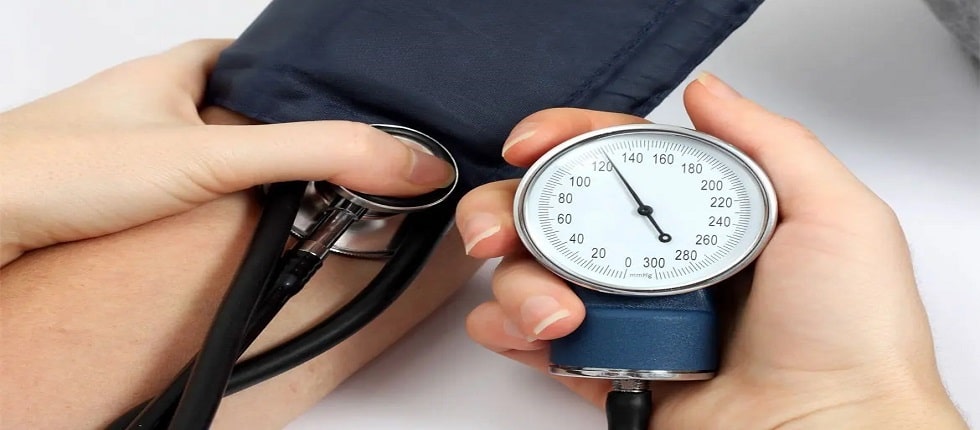Engaging in regular physical activity significantly contributes to sustaining optimal health and well-being. Engaging in physical activity not only strengthens our muscles and bones. But also improves cardiovascular fitness, enhances mood, and helps manage weight. However, for individuals with high blood pressure (BP), exercise choices must be made carefully due to potential risks and considerations.
It also known as hypertension, is a chronic condition characterized by elevated levels of force against the walls of the arteries. Failure to manage it can result in severe health complications, including heart disease, stroke, and kidney problems. Exercise, when done correctly, can be an effective part of managing high blood pressure. However, certain exercises may pose risks or disadvantages for individuals with this condition.
In this article, we will explore the exercises that high blood pressure patients should avoid. As they can have potential disadvantages and adverse effects. By understanding these exercise choices, individuals with it can make informed decisions to prioritize their health. And safety while incorporating physical activity into their lives.
If you are a fitness freak and want to learn more about yoga poses. Then you can enroll in Yoga Teacher Training Course in Bali & learn from the best yoga gurus in a home-like environment.
Exercises to Avoid for High Blood Pressure (BP) Patients
While exercise is generally beneficial for individuals with high blood pressure. There are specific exercises that may not be suitable for them. These exercises can potentially lead to a sudden spike in it, put excessive strain on the cardiovascular system, or pose other risks. It is important for high blood pressure patients to be aware of these exercises. And avoid them to ensure their safety and well-being. Here are six exercises that should be avoided:
1. High-Intensity Interval Training (HIIT)
HIIT consists of brief intervals of high-intensity exercise followed by intervals of rest or lower-intensity activity.
The high-intensity nature of this exercise can cause a significant increase in heart rate and blood pressure, which may be problematic for individuals with it.
Alternatives: Instead of HIIT, opt for moderate-intensity exercises like brisk walking, swimming, or cycling, which provide cardiovascular benefits without extreme spikes in heart rate.
2. Heavy Weightlifting
Heavy weightlifting can cause a substantial increase in blood pressure due to the exertion and strain placed on the body.
Holding your breath while lifting weights can further raise blood pressure levels.
Alternatives: Focus on light to moderate weightlifting with proper breathing techniques, or consider resistance training using resistance bands or bodyweight exercises.
3. Inverted Yoga Poses
Inverted yoga poses, such as headstands or shoulder stands, can lead to increased blood pressure in the head and neck region.
These poses can be particularly risky for individuals with it or other cardiovascular conditions.
Alternatives: Opt for gentle yoga poses, such as seated or standing poses, that promote relaxation, flexibility, and mindfulness without inversion.
4. Strenuous Aerobic Activities
Strenuous aerobic exercises that involve high-impact movements, such as jumping, can elevate it levels. Activities like running on hard surfaces or participating in intense sports may not be suitable for individuals with high blood pressure.
Alternatives: Choose low-impact aerobic exercises like swimming, cycling, or using an elliptical machine, which provides cardiovascular benefits with less stress on the joints and blood vessels.
5. Competitive Sports
Competitive sports, particularly those with high physical demands and intense competition, can be challenging for individuals with high blood pressure.
The stress, adrenaline, and exertion associated with competitive sports can lead to spikes in blood pressure and potential risks.
Alternatives: Engage in recreational sports or activities that allow for moderate intensity and focus on enjoyment rather than intense competition.
6. Breath-Holding Exercises
Breath-holding exercises, such as certain types of pranayama in yoga or specific breathing techniques in other disciplines, can cause a sudden increase in it.
These exercises should be avoided by individuals with high blood pressure due to the potential strain they place on the cardiovascular system.
Alternatives: Practice deep breathing exercises that emphasize slow, controlled breathing patterns without breath retention.
It’s crucial to remember that each individual’s situation may vary, and it is always recommended to consult with a healthcare professional before starting or modifying any exercise regimen, especially if you have high blood pressure. They can provide personalized guidance based on your specific needs and help you design a safe and effective exercise plan.





